Chestnuts are very different from all the other nut varieties.
For one thing, they are predominantly a source of carbohydrate rather than fat.
But what kind of nutritional value do they offer?
This guide examines the potential health benefits—and concerns—of chestnuts.
What Are Chestnuts?
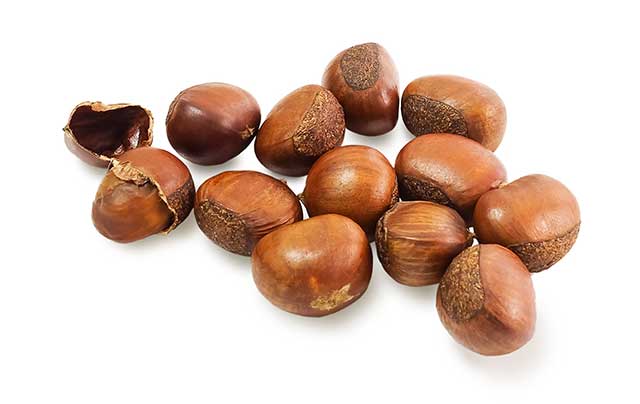
First of all, chestnuts are a “true nut” in the botanical and culinary sense. For instance, we think of almonds as nuts, but botanically they are a drupe/seed.
Peanuts? They are a legume, but again, we think of them as nuts.
Alongside other nut varieties such as hazelnuts, chestnuts are a true nut.
Chestnuts have been a popular part of the human diet for thousands of years, with historical records showing evidence of cultivation since at least 2000 BC (1).
In modern times, the nuts enjoy global popularity, and roasted chestnuts are synonymous with the festive season in the Western world.
Unlike the majority of nuts, chestnuts are a starchy food with a sweet taste.
Types of Chestnut
There are dozens of chestnuts cultivated around the world, but there are five main species.
These chestnut varieties include;
- Castanea crenata: known as either the ‘Japanese chestnut’ or ‘Korean chestnut.’
- Castanea dentata: a type of American chestnut that grows in the Eastern parts of the United States.
- Castanea mollissima: the ‘Chinese’ chestnut. China produces more chestnuts than any country in the world (2).
- Castanea pumila: another American chestnut that grows predominantly in the Eastern and Southern states. It also goes by the name of ‘dwarf chestnut.’
- Castanea sativa: this may also be called ‘European chestnut,’ ‘sweet chestnut’ or ‘Spanish chestnut.’ It grows throughout Europe and some regions of Asia.
Nutrition Facts
The tables below show the full nutritional values for roasted chestnuts per 100-gram (3.5 oz) serving (3).
| Calories/Nutrient | Amount |
|---|---|
| Calories | 245 kcal |
| Carbohydrate | 53.0 g |
| Fiber | 5.1 g |
| Sugars | 10.6 g |
| Fat | 2.2 g |
| Saturated Fat | 0.4 g |
| Monounsaturated Fat | 0.8 g |
| Polyunsaturated Fat | 0.9 g |
| Omega-3 | 93.0 mg |
| Omega-6 | 776 mg |
| Protein | 3.2 g |
| Vitamin | Amount | % DV |
|---|---|---|
| Vitamin C | 26.0 mg | 43 % |
| Vitamin B6 | 0.5 mg | 25 % |
| Folate | 70.0 mcg | 17 % |
| Thiamin | 0.2 mg | 16 % |
| Vitamin K1 | 7.8 mcg | 10 % |
| Niacin | 1.3 mg | 7 % |
| Pantothenic Acid | 0.6 mg | 6 % |
| Vitamin E | 0.5 mg | 2 % |
| Vitamin A | 1 mcg RAE | 0 % |
| Choline | 1.5 mg | – |
| Mineral | Amount | % DV |
|---|---|---|
| Manganese | 1.2 mg | 59 % |
| Copper | 0.5 mg | 25 % |
| Potassium | 592 mg | 17 % |
| Phosphorus | 107 mg | 11 % |
| Magnesium | 33.0 mg | 8 % |
| Iron | 0.9 mg | 5 % |
| Zinc | 0.6 mg | 4 % |
| Calcium | 29.0 mg | 3 % |
| Selenium | 1.2 mcg | 2 % |
| Sodium | 2.0 mg | 0 % |
Health Benefits of Chestnuts
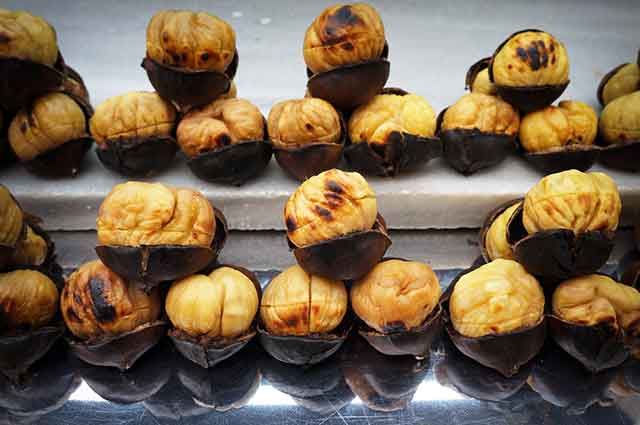
Chestnuts offer several benefits, primarily from the vitamins and minerals they contain.
1) Rich In Vitamin C
It is rare to find vitamin C in nuts, but chestnuts offer quite a large amount of the nutrient.
100 grams (3.5 oz) of chestnuts provide 26 mg of vitamin C, which represents 43% of the daily value for the vitamin (4).
Vitamin C is an essential nutrient that plays a role in our immune health, and it may help to fight infections (5, 6).
Aside from vitamin C, chestnuts are also a good source of B vitamins.
2) Chestnuts Are a Significant Source of Polyphenols
Polyphenols are bioactive compounds found in plant foods that may have beneficial effects on our health.
With more than 1,215 mg of polyphenols per 100 grams, chestnuts offer more of these compounds than almost any other food (7).
The majority of these compounds come from the phenolic acids ellagic acid and gallic acid.
Systematic reviews find that ellagic acid may have anti-cancer and anti-inflammatory properties (8, 9).
However, it is worth noting that the majority of these research findings come from cell (test tube) and animal studies using high-strength extracts. Therefore, at this stage, there is no evidence that food-based dosages of ellagic acid can have these effects.
Regarding gallic acid, a recent randomized controlled trial demonstrated that a small daily amount (15 mg) reduced plasma oxidized-LDL and C-reactive protein by 24%. For comparison purposes, 100 grams of chestnuts provide 480 mg of the gallic acid (10, 7).
However, aside from this, there is very little human research on these compounds.
3) Good Source of Copper
Copper is one of the primary nutrients we can find in chestnuts.
A 100-gram (3.5 oz) serve offers 0.5 mg of copper, which is equivalent to 25% of the mineral’s daily value.
Copper is an essential mineral that plays a crucial role in the central nervous system, energy production, and iron metabolism (11).
Further to their copper content, chestnuts are also an excellent source of manganese, potassium, and phosphorus.
4) Chestnuts Are Moderately High In Fiber
With 53 grams of carbohydrate per 100 grams, chestnuts are certainly a high-carb food.
However, 5.1 grams of these carbohydrates are from fiber.
Notably, the fiber content of carbohydrate can help to slow postprandial (post-eating) blood glucose spikes (12).
For example, this is why whole fruit has a smaller impact on blood glucose levels than ultra-processed sugary drinks (13).
Early research also suggests that fiber may play a beneficial role in gastrointestinal health. On this note, a systematic review of 64 studies found that dietary fiber increases the presence of so-called “good bacteria” strains in the gut (14).
Potential Drawbacks
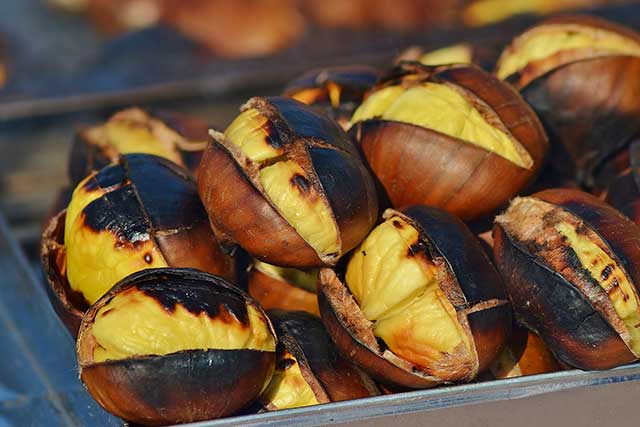
In addition to their health benefits, there are also a few potential drawbacks of chestnuts.
1) Moderately High In Oxalates
Oxalic acid (oxalate) is a kind of anti-nutrient found in food that may cause problems in excessive amounts. This is particularly the case for individuals with a history of kidney stones (15).
Although chestnuts are not as high in oxalate as other nuts such as almonds, they still contain a large concentration of the compound.
Per 100 grams, chestnuts contain approximately 72 mg of oxalate (16).
According to kidney stone researchers, any foods that contain more than 10 mg oxalate per 100 grams are classed as “medium to high” oxalate content (17).
Additionally, the National Kidney Foundation advises that individuals with a history of kidney stones should limit daily oxalate intake to <50 mg (18).
2) Be Aware That Chestnuts Are High In Carbs (and Low In Fat)
Firstly, being high in carbohydrate and low in fat isn’t necessarily a bad thing.
That said, many people set out to eat nuts for their “healthy fats.”
For those looking to increase their intake of healthy fats, chestnuts are a poor choice, and they are predominantly a source of carbohydrate.
3) Chestnut Allergies Are Relatively Common
Firstly, chestnuts are in a different botanical class to nuts such as almonds, walnuts, and Brazil nuts.
For this reason, chestnut allergies are different from general tree nut allergies (19).
In other words; people with almond allergies might be okay with chestnuts (but they also might not).
For individuals with any nut allergy, it is always sensible to take precautions, and this might be something worth discussing with a doctor. A simple skin prick test can reveal whether an allergy is present.
Additionally, individuals with fruit and latex allergies may have cross-reactions with chestnuts, so this may be worth considering too (19, 20).
Once again, for anyone with concerns over a possible allergy, this should be discussed with your doctor.
4) Don’t Confuse Sweet Chestnuts For (Toxic) ‘Horse Chestnuts’
Lastly, don’t confuse sweet chestnuts with ‘horse chestnuts.’
Horse chestnuts may also be called by the name ‘conkers,’ particularly in the UK.
While the two look very similar, horse chestnuts contain a substance called glucoside aesculin. Unfortunately, this compound is toxic to humans (21).
For this reason, care should be taken if picking sweet chestnuts in an area where horse chestnuts grow.
Proper identification is key.
Final Thoughts
In a nutritional sense, chestnuts are vastly different from typical nuts, and they primarily offer carbohydrate rather than fat.
That aside, chestnuts are reasonably nutritious and contain a good mix of vitamins and minerals.
As a snack option, not many foods can match hot roasted chestnuts on a cold winter’s day.
For more on nuts, see this guide to pistachio nuts.

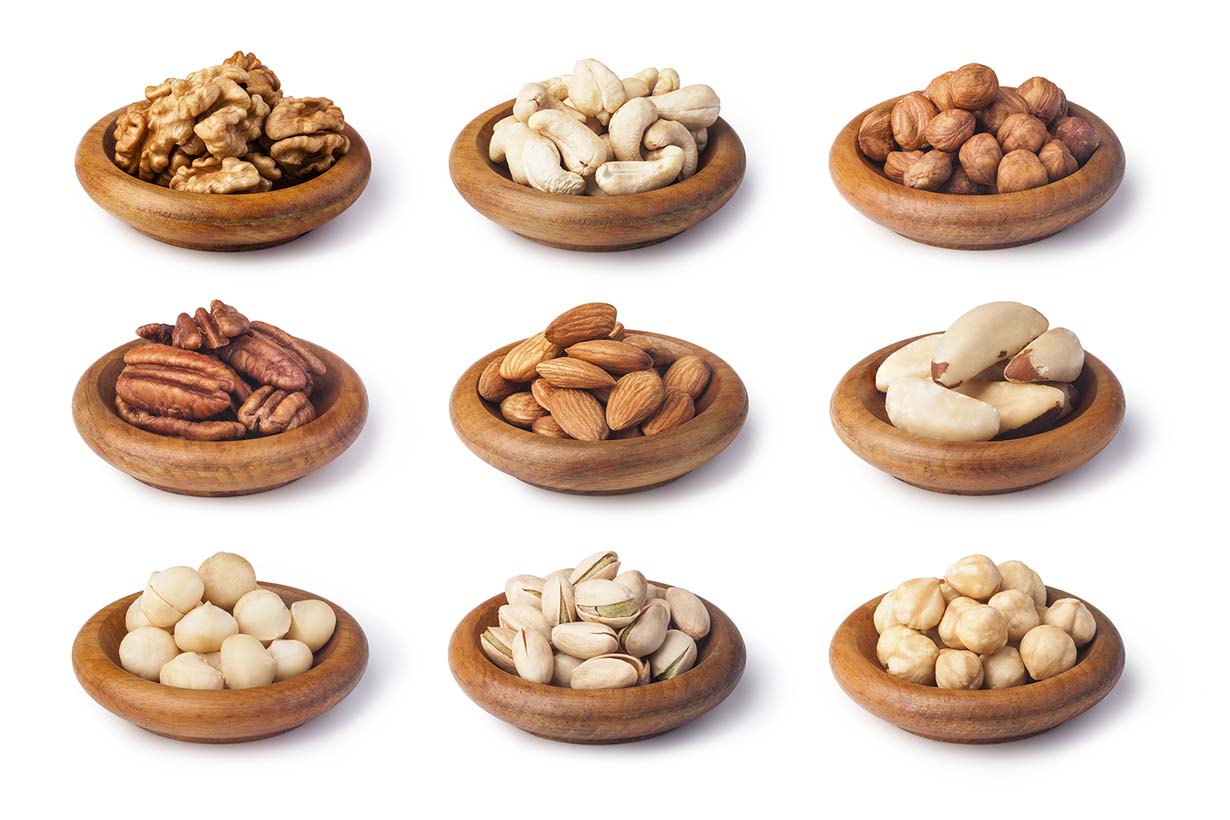
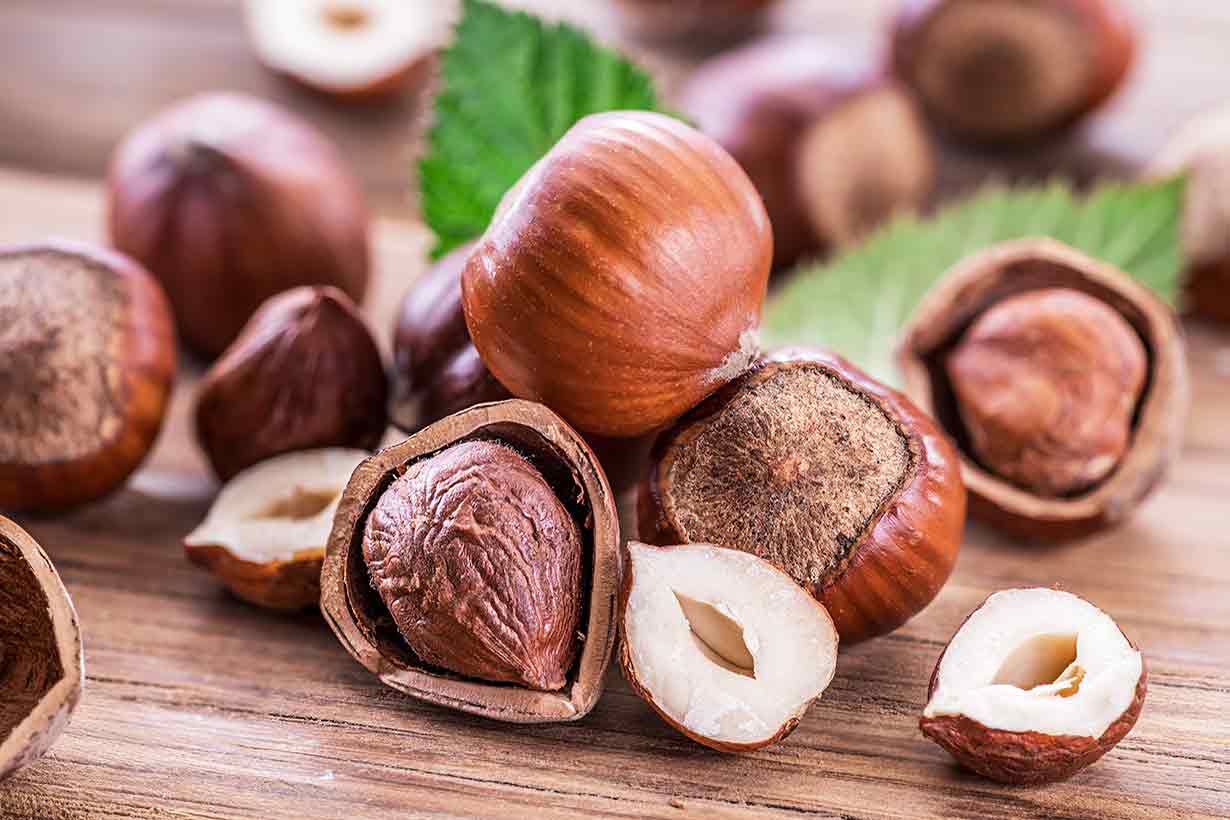
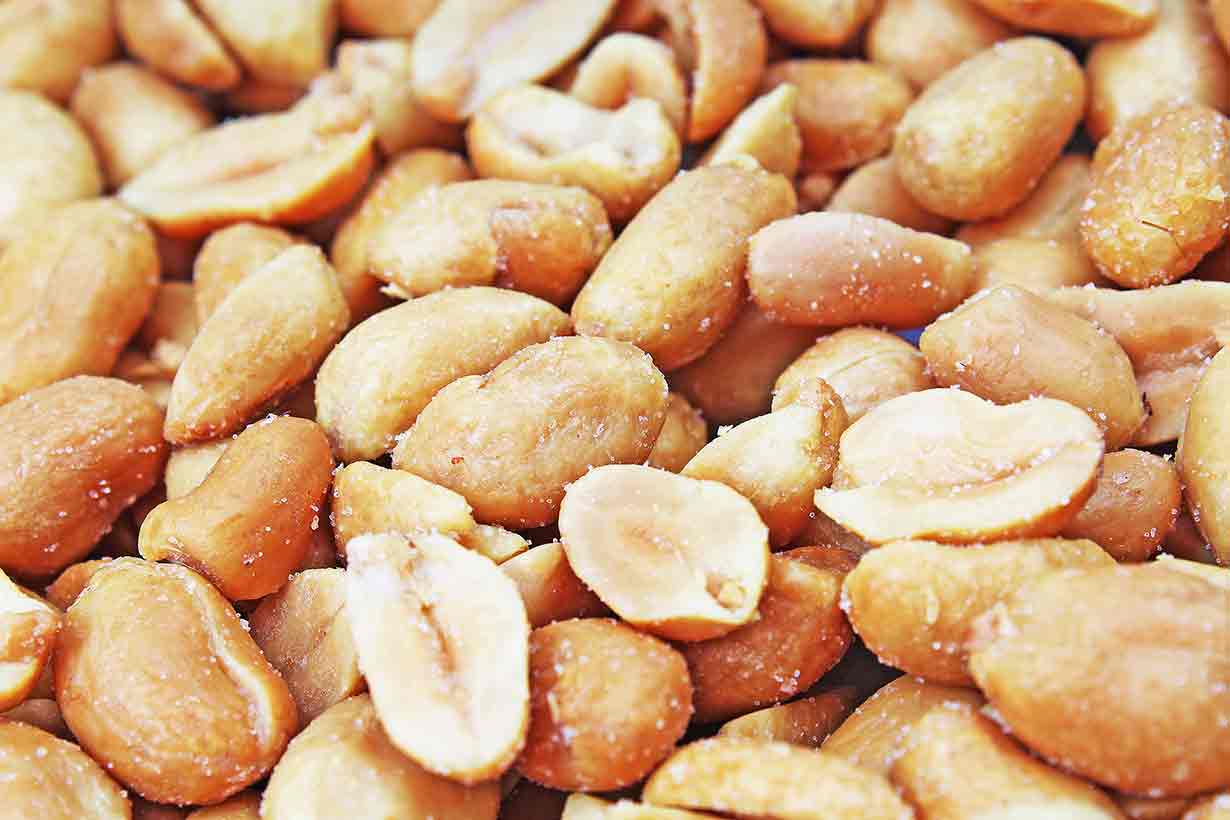
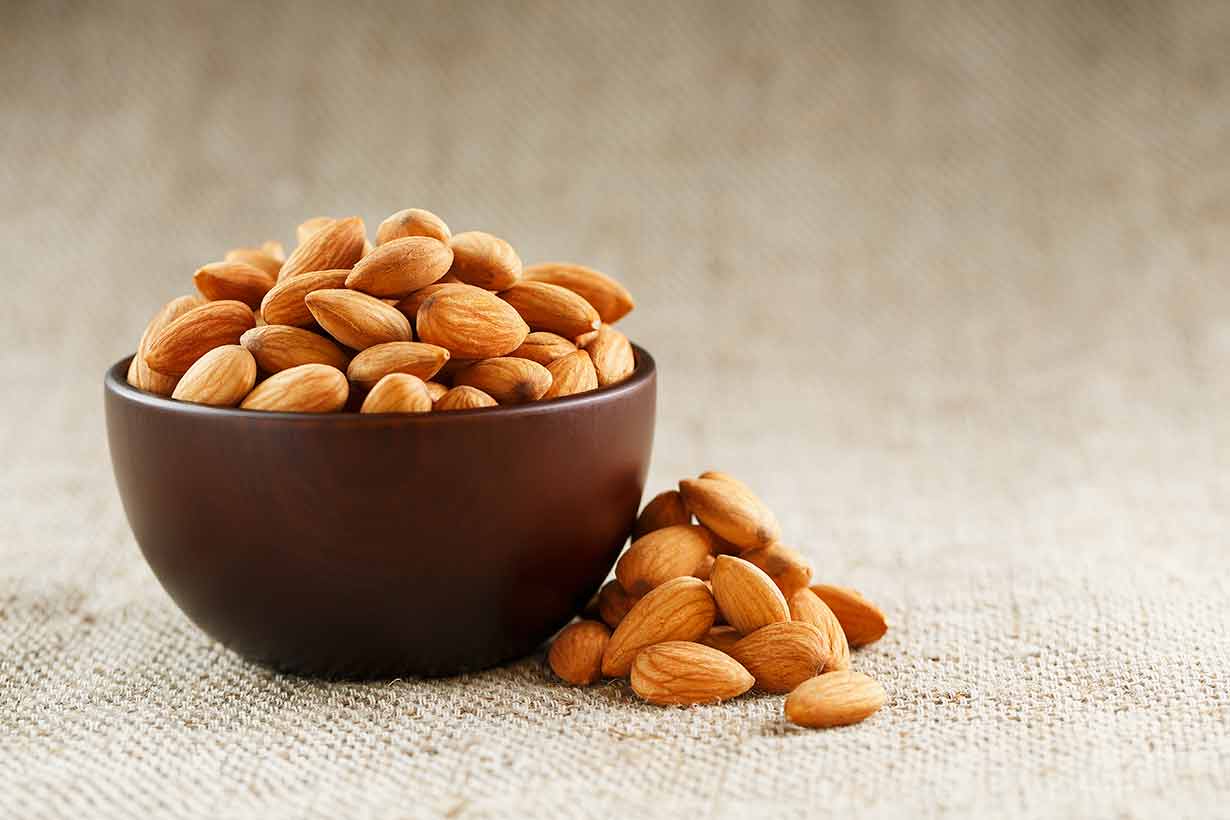
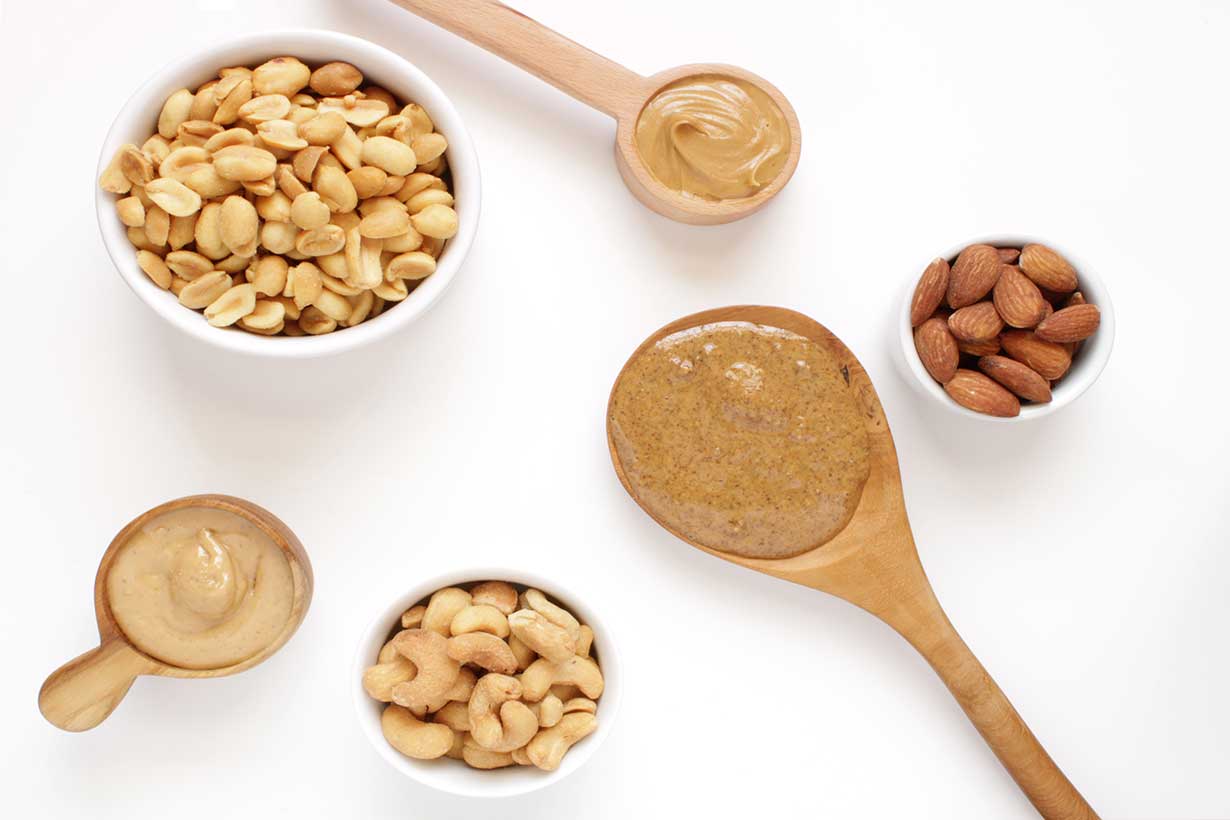
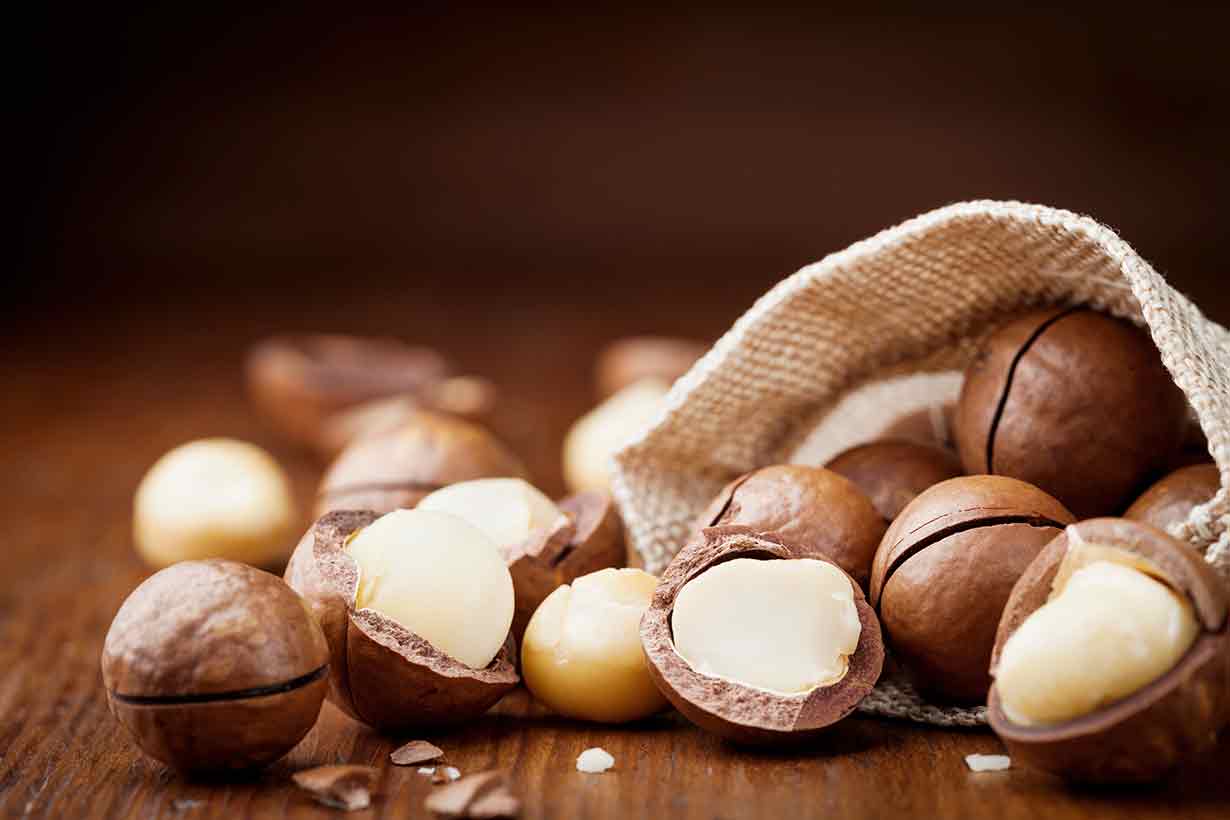
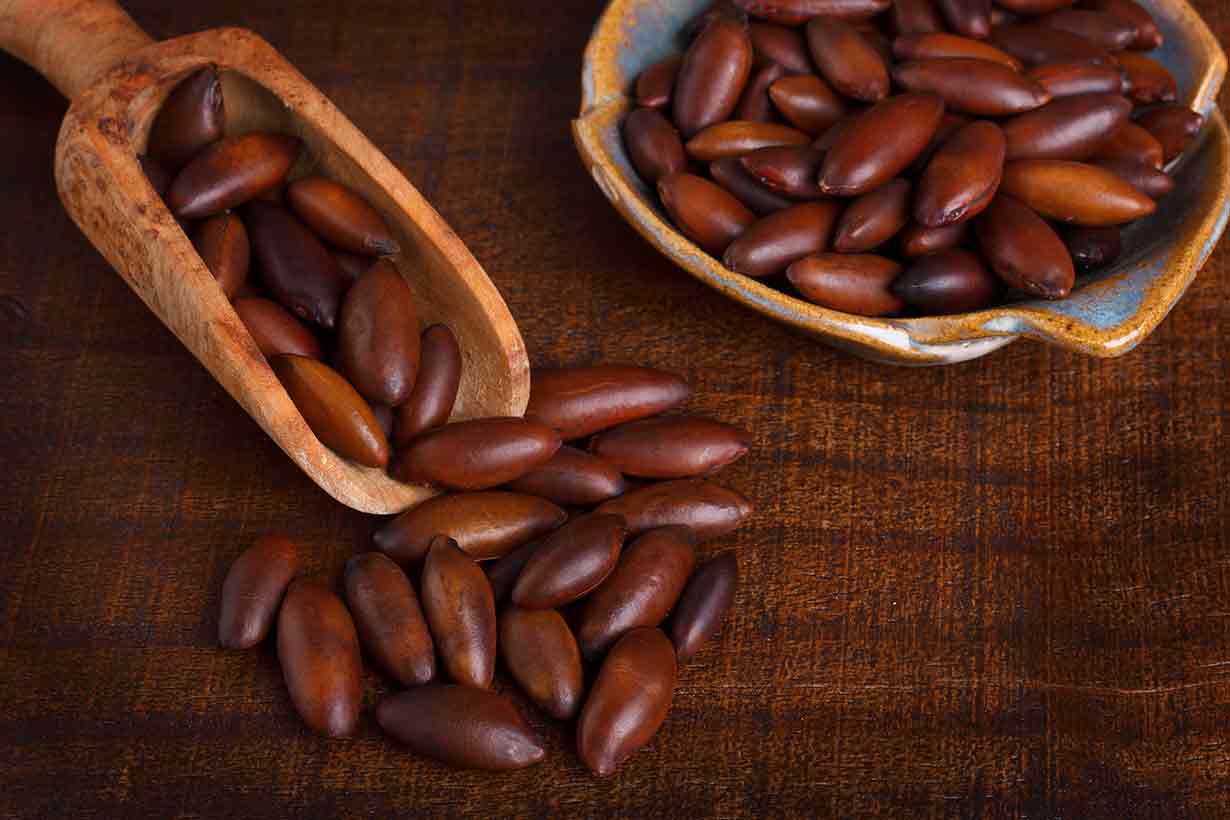
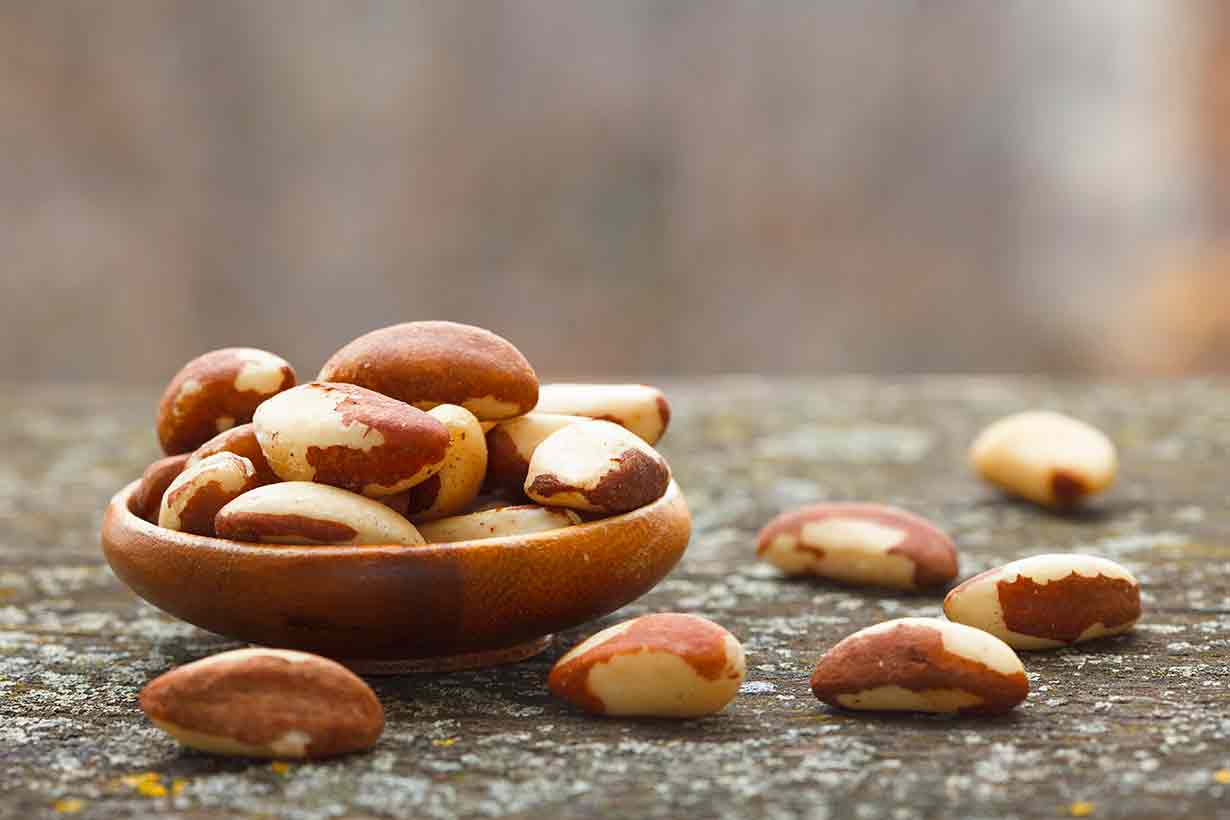
what’s the best way to cook chestnuts ?
Roasted chestnuts! There is a good guide here: https://www.drdavidludwig.com/roasted-chestnuts/